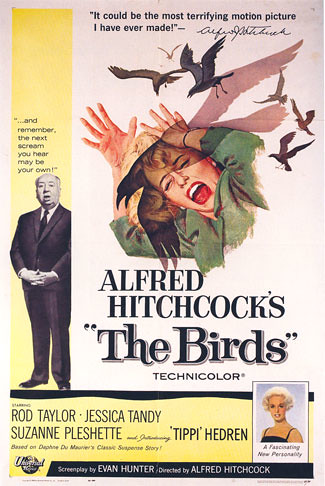
Politics as portrayed in popular culture is often dramatized in order to present the story to the audience in a way they will find interesting and relate to their own lives and experiences. There are four basic expressions of plots in politics: quest, bureaucracy, conspiracy, and soap (Van Zoonan, 2005). While quest and soap are generally considered positive portrayals and bureaucracy and conspiracy are more negative, some combination of the plot expressions is usually present in any pop culture representation of politics. In some cases, all four might be present to create the story, as is the case with the 1993 film Dave. A Hollywood classic the film probably is not, but it still serves as a good example of the four expressions of plot in politics, which this blog entry will discuss.
Quest, Conspiracy, and Soap in Dave
Watching the film’s theatrical trailer, the audience can quickly pick up on at least three of the four expressions of plot.
Dave Theatrical Trailer
First is the quest, which shows the subject – in this case Dave, as played by Kevin Kline – as following some certain path or chain of events to arrive at the political position the person holds. In this case, Dave is known as a look-alike performer impersonating the president of the United States. Through a crazy turn of events, including the actual president dying during sex with one of his aides, Dave is chosen to take the president’s place. Coming from a modest life as the manager of a temp agency, the plot becomes a version of the Horatio Alger myth. From the opening line in the trailer: “Dave Kovic was an ordinary guy,” to the joy Dave gets from throwing out the first pitch at a baseball game – how American – to the line “In a country where anyone can become president,” Dave is portrayed as coming from humble origins and ending up as leader of the free world – perhaps the ultimate quest.
It is this same situation which presents an excellent example of conspiracy. Although it is used as a point of humor in this particular film, presenting the thought of a stand-in taking the place of the president of the United States is somewhat unsettling to the audience. While it may not be extremely believable, it opens the door to questions of what may be done in such a case. It seems plausible the government could pass off a version of the truth as the absolute truth to the American public, and with claims of weapons of mass destruction still ringing in the ears of many Americans, films like Dave seem to reaffirm the possibility of such events.
Also present in this clip is the expression of soap, especially through the dramatized relationship between Dave and the actual president’s wife Ellen, played by Sigourney Weaver. While the clip only hints at the developing relationship, a major plot point of the film is the love story between Dave and Ellen. The soap standard of the married woman finding love with another man is presented in this case, although with the little twist that her actual husband is dead. If he were to come back to life, this exact story could appear on Days of Our Lives any day. The personal touches from the characters also contribute to the soap feel, as when Dave invites a friend to the White House in order to help him balance the federal budget. The relatability of the Dave character lends to the soap feel, where personal relationships drive the action and private life has a great effect on public, political life.
Bureaucracy in Dave
While the trailer has hints of bureaucracy – the line in which Dave asks about the legality of him filling in for the president comes to mind – this clip is a more blatant example. Representing the everyman, Dave attempts to cut right to the chase and tell the secretary of commerce to cut a program and save the government a quick $47 million. This is the exact way the average American would deal with the situation, but the secretary of commerce in the film is taken aback by Dave’s forthright request, as bureaucracy would prevent such action. The processes, the give and take of politics is dramatized through plot points like this one, in which the average person becomes frustrated with the complexity of politics and would rather take a quick and decisive action.
While future film students will likely not look to Dave as the pinnacle of politics in film, it presents very relatable examples quest, bureaucracy, conspiracy, and soap. And in the end, everyone enjoys a simple story with a relatable character making something of himself – or herself of course – and finding happiness in the process.





